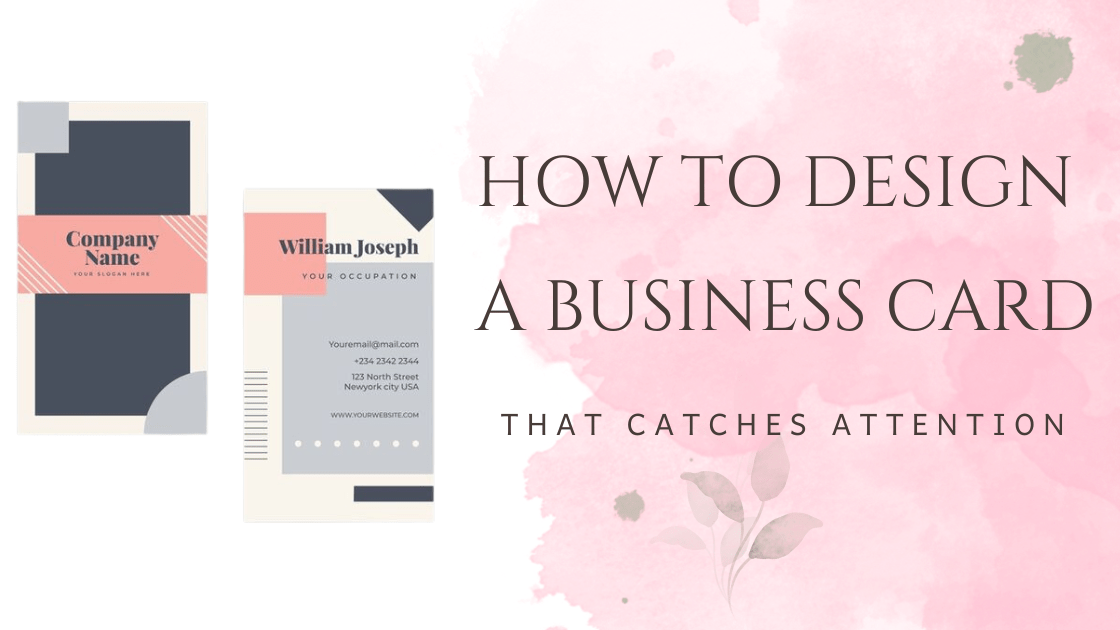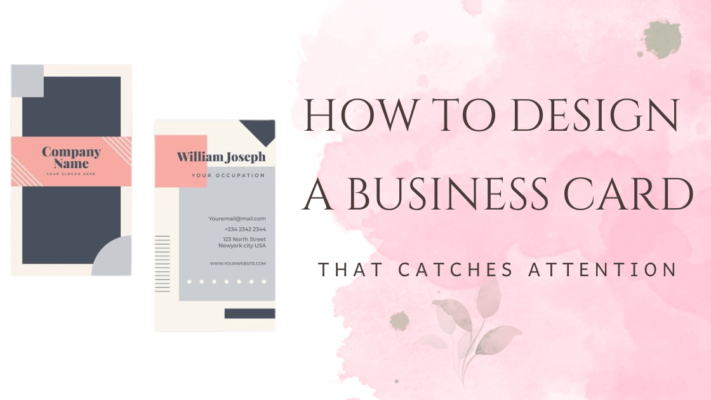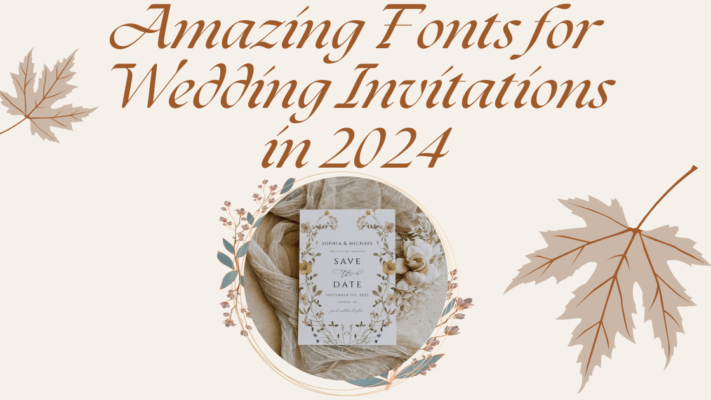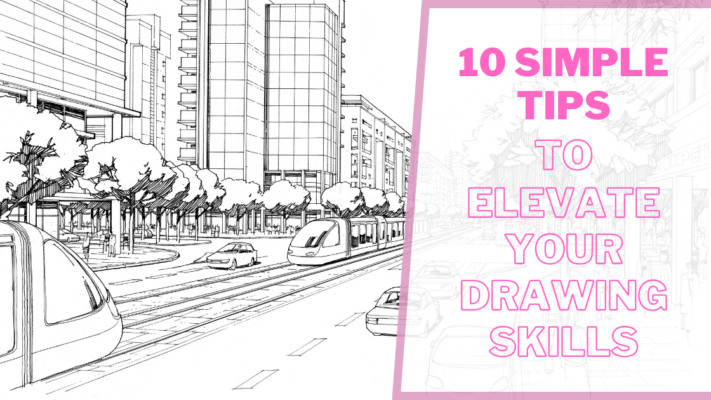How to design a business card goes beyond merely sharing contact details; it’s an opportunity to showcase your brand and personality. Crafting a well-designed business card not only helps attract new clients and build relationships but also contributes to business growth. But how do you create a business card that grabs attention and sets you apart from the crowd? Here are some tips on how to design a business card that reflects your style and professionalism.
Contents
Define your purpose and audience
Before you start designing your business card, you need to have a clear idea of what you want to achieve and who you want to reach. What is the main goal of your business card? What message do you want to convey? Who are your ideal clients or customers? How do you want them to perceive you and your brand? These questions will help you determine the content, tone, and style of your business card.
Design A Business Card that suits your brand and industry.
The design of your business card should reflect your brand identity and industry standards. You want to choose a design that is consistent with your logo, website, and other marketing materials, and that matches your brand values and personality. You also want to choose a design that is appropriate for your industry and audience. For example, if you are in a creative field, you may want to use a more colorful and playful design, while if you are in a more formal or conservative field, you may want to use a more simple and elegant design.
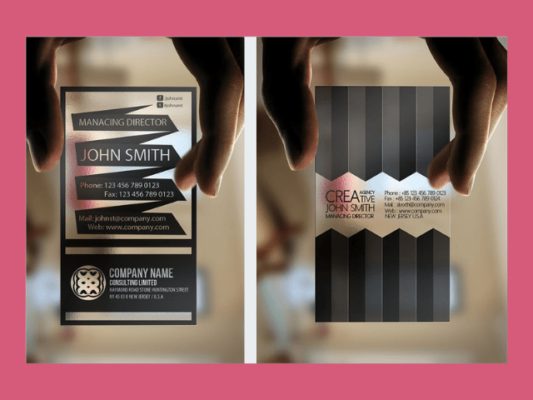
Use a clear and catchy headline
The headline is the first thing that your recipients will see on your business card, so you want to make it clear and catchy. The headline should summarize your value proposition and tell your recipients what you do and how you can help them. For example, you can use your job title, your tagline, your slogan, or your unique selling point as your headline. The headline should be concise, relevant, and memorable, and it should capture your recipients’ attention and curiosity.
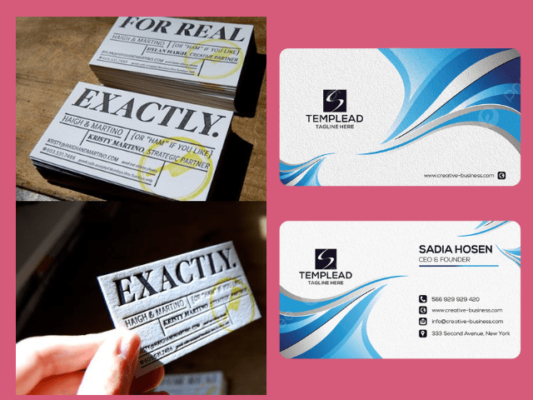
Include key details and a call to action
The information on your business card should be relevant, useful, and easy to read. You want to include the most important information that your recipients need to know, such as your name, company name, phone number, email address, website, and social media handles. However, you don’t want to overcrowd your card with too much information that may confuse or distract your recipients. You also want to include a call to action that motivates your recipients to take the next step, such as visiting your website, following you on social media, or contacting you for a quote.
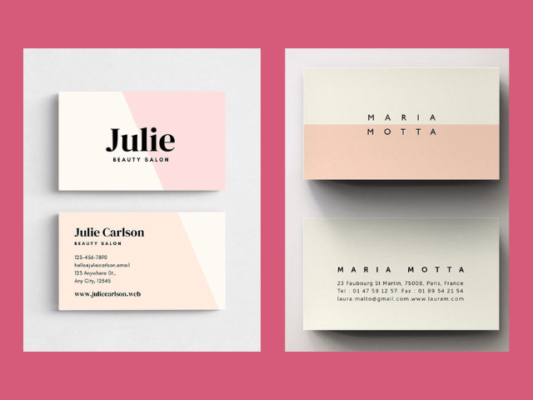
Optimize the layout and spacing
The layout and spacing of your business card can affect how it looks and feels in the hands of your recipients. You want to optimize the layout and spacing to create a balanced and harmonious design that is easy to scan and understand. You can use grids, alignment, and white space to organize your information and create contrast and hierarchy. You can also use both sides of your card to maximize your space and display different types of information.

By following these tips on how to design a business card, you can craft a card that not only grabs attention but also leaves a positive impression on your recipients. Your business card serves as a representation of both yourself and your brand, so it’s essential to ensure it reflects your style and professionalism accurately. Remember, a business card is not merely a means to share contact information; it’s also an opportunity to showcase your brand and personality through thoughtful design choices.
Related Posts
- 7 Essential Steps To Designing A Logo
- The Ultimate Guide to Outdoor Fonts for Your Designs
- 15 Must-Have Free Fonts for Commercial Use

